Smart Windmill Monitoring With IOT
As the world pivots toward sustainable energy sources, wind power stands out as a critical component in the global transition to green energy. However, the efficiency and reliability of windmills depend heavily on advanced monitoring and maintenance practices. IoT-based windmill monitoring systems have emerged as a game-changing technology, transforming how wind farms operate.
At Alsystemz Solutions, we specialize in IoT-driven solutions that optimize windmill performance, reduce downtime and enhance the efficiency of renewable energy systems. Here’s a closer look at how IoT is shaping the future of windmill monitoring and management.
Why IoT for Windmill Monitoring?
IoT combines real-time data collection, advanced analytics and automation to address key challenges in windmill operations, including maintenance, performance optimization and energy efficiency.
1. Real-Time Data Collection
IoT sensors installed on windmills collect data on parameters like wind speed, blade pitch, vibration, temperature and energy output. This real-time data provides insights into the performance of each turbine, enabling quick decision-making.
2. Predictive Maintenance
One of the most significant advantages of IoT is its ability to predict potential failures. By analyzing sensor data, IoT systems can identify early signs of wear and tear, reducing the risk of unplanned outages and costly repairs.
3. Remote Monitoring
IoT enables operators to monitor wind turbines remotely, whether they are part of a small wind farm or a large offshore facility. This capability reduces the need for on-site personnel and improves operational efficiency.
4. Enhanced Energy Forecasting
IoT systems can predict energy production based on weather data and wind patterns. This forecasting helps energy providers manage supply and demand more effectively.
Key Features of IoT-Based Windmill Monitoring Systems
- Sensor Integration
IoT-enabled sensors monitor critical components like blades, gearboxes and generators. Vibration sensors detect imbalances, while temperature sensors ensure components are operating within safe ranges. - Centralized Data Platform
IoT platforms consolidate data from multiple windmills, offering a unified view of the wind farm’s performance. Operators can analyze trends, generate reports and make informed decisions. - Automated Alerts
When a sensor detects anomalies, the system sends automated alerts to operators, enabling quick intervention. For example, if a vibration sensor detects abnormal levels maintenance teams can inspect the issue before it escalates. - Energy Optimization Algorithms
IoT systems optimize turbine operations by adjusting blade angles and rotation speeds in response to wind conditions, maximizing energy output while minimizing stress on components.
Applications of IoT in Windmill Monitoring
1. Performance Optimization
IoT ensures that wind turbines operate at peak efficiency by continuously monitoring wind speeds, blade angles and energy output. This data-driven approach maximizes energy production.
2. Maintenance Efficiency
Predictive analytics powered by IoT minimizes downtime by identifying maintenance needs early. Maintenance teams can focus on problem areas rather than conducting blanket inspections, saving time and resources.
3. Remote Operations
For offshore wind farms, IoT is invaluable. Operators can monitor and control turbines from onshore control centers reducing the logistical challenges of maintaining offshore facilities.
4. Environmental Compliance
IoT systems help wind farm operators track and report environmental metrics, such as noise levels and wildlife impact ensuring compliance with local and international regulations.
Benefits of IoT-Based Windmill Monitoring
1. Increased Energy Output
By optimizing turbine performance and reducing downtime, IoT systems enhance the overall energy output of wind farms.
2. Cost Savings
Predictive maintenance reduces repair costs and extends the lifespan of wind turbines leading to significant long-term savings.
3. Enhanced Reliability
IoT ensures continuous monitoring and rapid issue resolution making wind energy a more reliable power source.
4. Scalable Solutions
IoT platforms can scale to manage large wind farms making them suitable for both small and large-scale operations.
5. Sustainability
Optimized wind turbines contribute to higher renewable energy generation supporting global sustainability goals.
Alsystemz Solutions: Your Partner in IoT Innovation
At Alsystemz Solutions, we are committed to driving innovation in renewable energy through IoT technology. Our IoT-based windmill monitoring systems are designed to:
- Maximize Efficiency: Advanced analytics and optimization algorithms ensure peak performance.
- Minimize Downtime: Predictive maintenance tools reduce disruptions.
- Enhance Safety: Real-time monitoring identifies potential risks before they become critical.
- Improve Scalability: Our systems grow with your wind energy operations, supporting future expansion.
Case Study: Improving Wind Farm Efficiency with IoT
A leading wind energy company partnered with Alsystemz Solutions to implement IoT monitoring across its wind farm. After deploying our solution:
- Energy output increased by 15%, thanks to performance optimization.
- Unplanned maintenance reduced by 30%, saving significant costs.
- Downtime was minimized, ensuring consistent energy supply to the grid.
This case demonstrates the transformative potential of IoT in windmill monitoring and management.
The Future of Wind Energy with IoT
As the demand for renewable energy grows, IoT will play a critical role in enhancing the efficiency and reliability of wind power systems. From real-time monitoring to predictive maintenance, IoT solutions are driving innovation in the wind energy sector.Are you ready to transform your wind energy operations? Partner with Alsystemz Solutions for cutting-edge IoT systems that deliver unmatched efficiency and reliability. Contact us today to learn more!

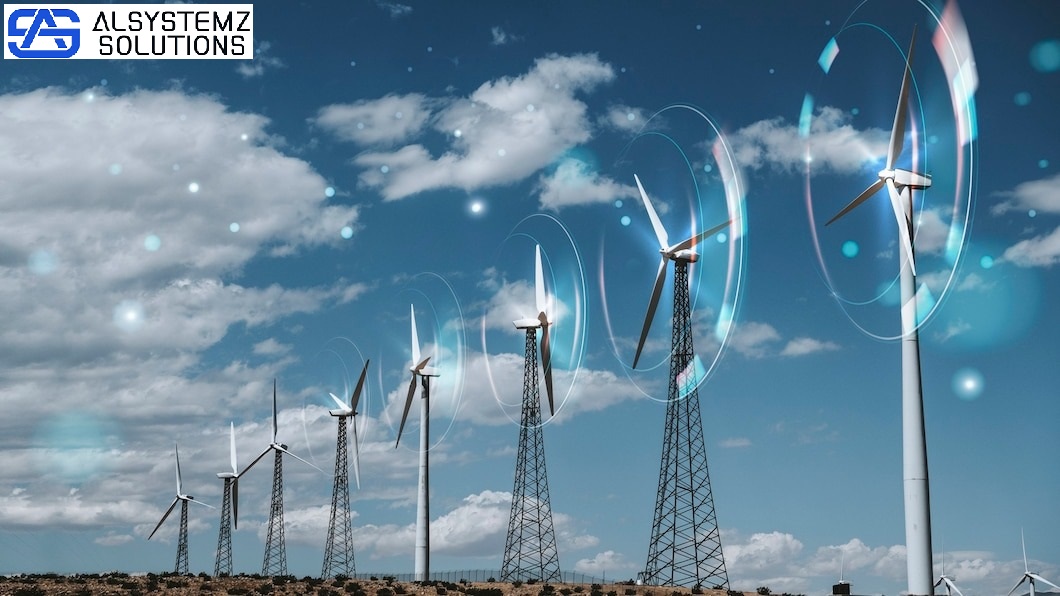
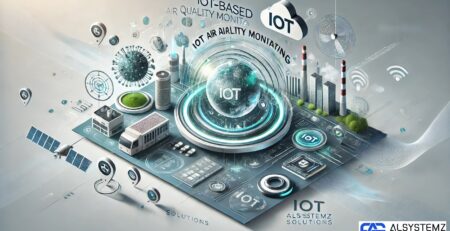


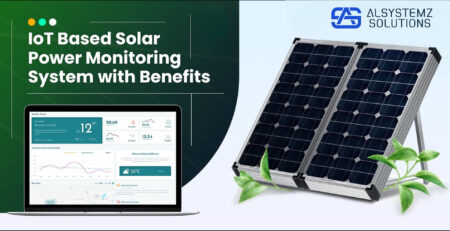
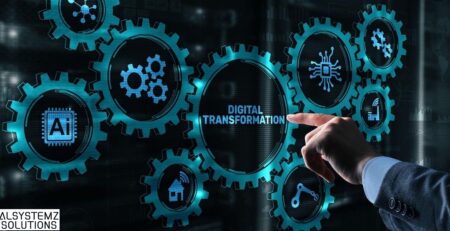
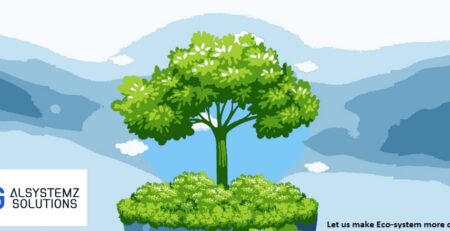
Leave a Reply